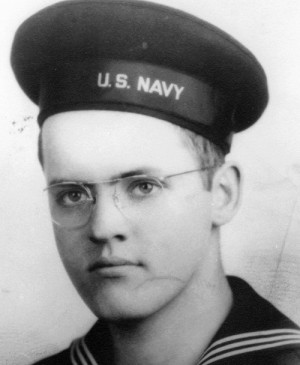In Tokyo, Japan, the International Military Tribunals for the Far East begins hearing the case against 28 Japanese military and government officials accused of committing war crimes and crimes against humanity during World War II.

The International Military Tribunal for the Far East was convened at Ichigaya Court, formerly the Imperial Japanese Army HQ building, in Ichigaya, Tokyo.
On November 4, 1948, the trial ended with 25 of 28 Japanese defendants being found guilty. Of the three other defendants, two had died during the lengthy trial, and one was declared insane.
On November 12, the war crimes tribunal passed death sentences on seven of the men, including General Hideki Tojo, who served as Japanese premier during the war, and other principals, such as Iwane Matsui, who organized the Rape of Nanking, and Heitaro Kimura, who brutalized Allied prisoners of war.
Sixteen others were sentenced to life imprisonment, and two were sentenced to lesser terms in prison. On December 23, 1948, Tojo and the six others were executed in Tokyo.
Unlike the Nuremberg trial of Nazi war criminals, where there were four chief prosecutors, to represent Great Britain, France, the United States, and the USSR, the Tokyo trial featured only one chief prosecutor–American Joseph B. Keenan, a former assistant to the U.S. attorney general. However, other nations, especially China, contributed to the proceedings, and Australian judge William Flood Webb presided. In addition to the central Tokyo trial, various tribunals sitting outside Japan judged some 5,000 Japanese guilty of war crimes, of whom more than 900 were executed. Some observers thought that Emperor Hirohito should have been tried for his tacit approval of Japanese policy during the war, but he was protected by U.S. authorities who saw him as a symbol of Japanese unity and conservatism, both favorable traits in the postwar U.S. view.
To learn more about the Japanese war crimes and trials, I recommend two posts by a fellow blogger.




 Check out my other blog
Check out my other blog I'M PUBLISHED
I'M PUBLISHED I'm Published Again
I'm Published Again









The brutality the Japanese officials carried out on soldiers and civilians are horrendous since they did not recognize the pact(geez I can’t remember the name) to treat people with some basic respect when in war camps. The starvations, death marches and beheadings are well documented but few people actually know of this in the every day world. It is a shame that they did not want to apologize for their actions and had to begrudgingly. I just shook my head in sadness
LikeLike
I would count myself among those that didn’t know much until I read Unbroken by Laura Hillenbrand. http://laurahillenbrandbooks.com/ I couldn’t put it down and it opened my eyes. Frankly after reading that book, I wondered how relations with Japan could have ever been healed but they did and that is a good thing. It is soon to be a movie (due out Christmas 2014) and I plan to bring a box of tissue with me to the theater.
LikeLike
I thank you very much for the link to my site, you honor me.
LikeLike
You are welcome. I am honored to know about your site and others should too.
LikeLike